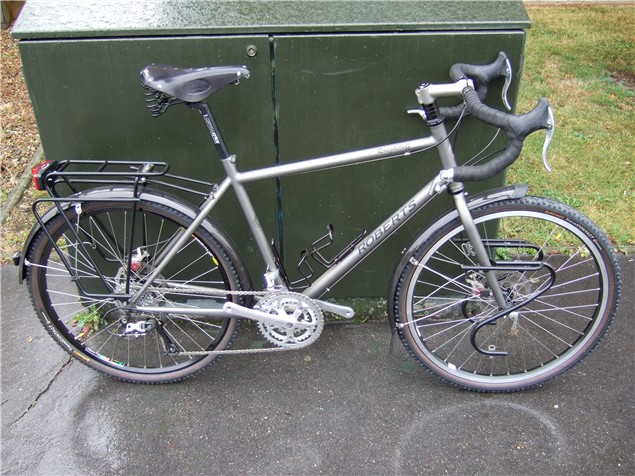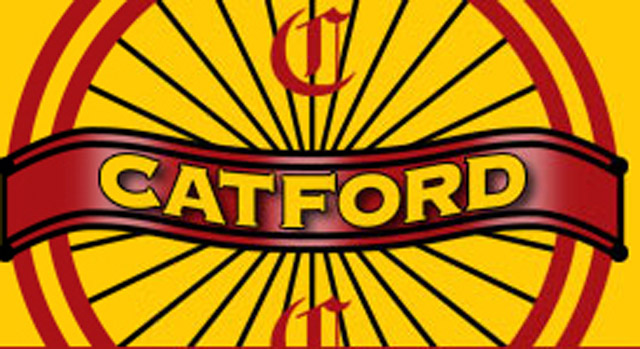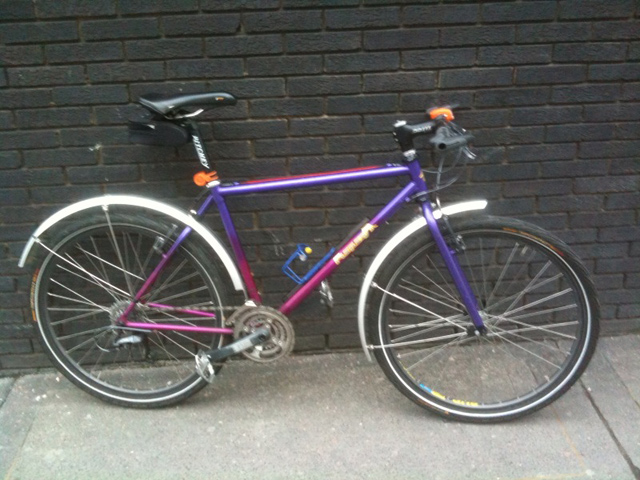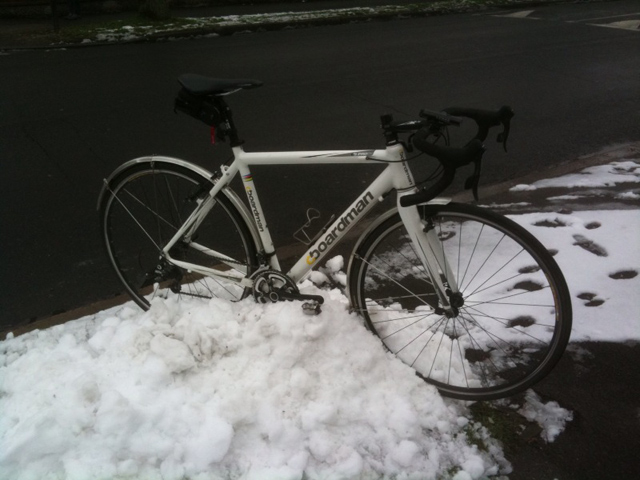
Ready for anything
I dropped in at Roberts Cycles recently to discuss a small project with Chas; when I got there he was busy with a youngish couple discussing the specifications of the woman’s new overlanding bicycle, which was to be used for a tour of South America.
Both were going to be riding a Roberts – his was standing, well-used and panniered-up to one side of the showroom – and Chas told me that such bikes now make up a substantial proportion of his business.
Seems reasonable enough; steel, Roberts Cycles’ favoured material, is the perfect choice for the job, being not only readily repairable almost anywhere in the world – not that a Roberts breaks, of course – but also adaptable in that the builder can accommodate virtually any requirement at a reasonable cost.
These might range from triple bottle cage bosses, vital when crossing the Darien Gap, for example, to mounting points for spare spokes, a 140mm back end to take a wider, less heavily dished and hence stronger back wheel and even a hub gear.
No doubt the feats of Mark Beaumont and others of his ilk have inspired many potential world travellers to get on a bike and do it, but the overland cycle tour has a long and glorious history dating back to the days of the old ordinary cycle, surely because it is such a great way to travel.
There is, for sure, something profoundly satisfying about the idea of self-contained travel and even more so when it is self-propelled. Better still, for many cyclists, is the pleasure to be had from poring over details of panniers, gear and braking systems, hard-core touring tyres and the rest; best of all, perhaps, is the moment when you go to the frame builder and start to talk real turkey. The final result is, unlike most lightweight cycles, whether off-the-peg or bespoke, highly individual even down to such details as a side stand, which I now understand to be a must-have for overlanding. The extra weight probably goes unnoticed.





